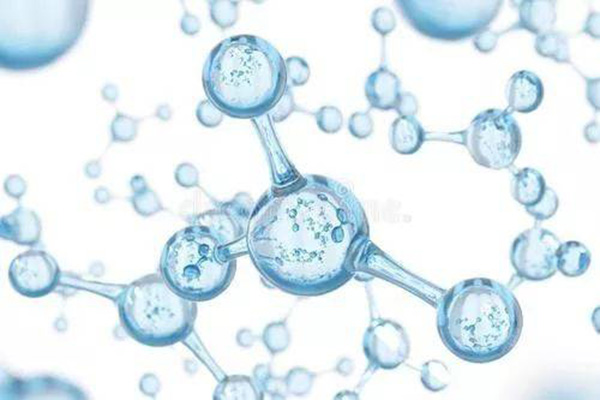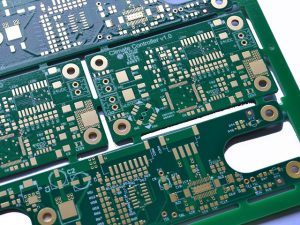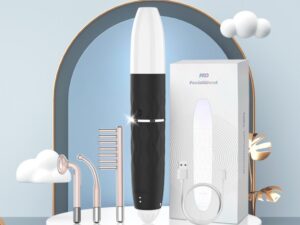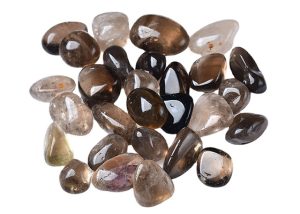
Acne is a common skin concern that affects people of all ages. Finding effective solutions to address acne is essential for maintaining clear and healthy skin. In the world of skincare, two popular ingredients often mentioned for acne management are niacinamide and hyaluronic acid. In this blog post, we will explore the benefits of both ingredients and determine which one might be more suitable for acne-prone skin.
Understanding Niacinamide
Niacinamide, also known as vitamin B3, is a powerful ingredient that plays a crucial role in skincare. It offers numerous benefits for various skin concerns, including acne.
Niacinamide provides several benefits for acne-prone skin:
- Regulation of sebum production: Excessive sebum production can contribute to clogged pores and acne breakouts. Niacinamide helps regulate sebum production, preventing the skin from becoming too oily.
- Reduction of inflammation: Inflammation is a significant factor in the development of acne. Niacinamide has anti-inflammatory properties that can help calm redness and irritation associated with acne.
- Minimization of pore appearance: Enlarged pores can contribute to the accumulation of dirt and bacteria, leading to breakouts. Niacinamide can help tighten the appearance of pores, reducing their visibility and minimizing the risk of clogging.
Scientific research has also shown the effectiveness of niacinamide in managing acne. Studies have demonstrated its ability to reduce sebum production, improve the skin’s barrier function, and decrease inflammatory acne lesions.
Exploring Hyaluronic Acid
Hyaluronic acid is a naturally occurring substance in the skin known for its excellent moisturizing properties. While not directly targeted at treating acne, it can still play a beneficial role in managing acne-prone skin.
Here are the moisturizing benefits of hyaluronic acid:
- Improved hydration levels: Hyaluronic acid has the ability to attract and retain moisture, providing hydration to the skin. Well-hydrated skin can promote a healthy skin barrier, making it less susceptible to acne-causing bacteria.
- Enhanced skin barrier function: A strong and intact skin barrier is crucial in preventing moisture loss and protecting against external irritants. By enhancing the skin’s barrier function, hyaluronic acid can help minimize the risk of skin irritation and potential acne flare-ups.
While hyaluronic acid primarily focuses on moisturization, maintaining proper hydration levels in the skin can indirectly contribute to acne management.
Comparing Niacinamide and Hyaluronic Acid for Acne
Both niacinamide and hyaluronic acid offer unique benefits that can support acne-prone skin. Understanding their different mechanisms of action can help determine their suitability for your skincare routine.
Niacinamide primarily targets the regulation of sebum production and reduction of inflammation, directly addressing two critical factors in acne development. It can also help minimize the appearance of pores, providing additional benefits for those with acne-prone skin.
On the other hand, hyaluronic acid focuses on hydration and maintaining a healthy skin barrier. While it doesn’t directly treat acne, proper hydration and a strong skin barrier can create an environment less favorable for acne-causing bacteria.
To achieve comprehensive acne management, it may be beneficial to incorporate both ingredients into your skincare routine. Niacinamide can be used as a targeted treatment for acne, while hyaluronic acid can provide necessary hydration and overall skin health support.
Choosing the Right Ingredient
When deciding between niacinamide and hyaluronic acid for acne management, it’s essential to consider individual factors such as skin type, specific concerns, and personal preferences. Consulting with a dermatologist or skincare professional can provide valuable insights tailored to your unique needs.
Additionally, personal experience and experimentation play a crucial role in finding the right skincare routine. What works for one person may not necessarily work for another. It’s important to pay attention to how your skin responds to each ingredient and make adjustments accordingly.
Incorporating both niacinamide and hyaluronic acid into your skincare routine can be a balanced approach. Consider using niacinamide as a targeted treatment for acne-prone areas, such as serums or spot treatments. Meanwhile, hyaluronic acid can be used in moisturizers or hydrating serums to provide overall hydration and support skin barrier function.
Remember, skincare is not just about individual ingredients. It’s a holistic approach that encompasses lifestyle factors like maintaining a balanced diet, managing stress levels, and practicing good skincare habits.
Conclusion
In the battle against acne, niacinamide and hyaluronic acid are both valuable ingredients that can contribute to healthier skin. Niacinamide offers sebum regulation, inflammation reduction, and pore-minimizing benefits specifically targeted for acne-prone skin. Hyaluronic acid, while primarily known for its moisturizing properties, indirectly supports acne management by providing hydration and strengthening the skin barrier.
There is no one-size-fits-all answer to whether niacinamide or hyaluronic acid is better for acne. It ultimately depends on individual needs, preferences, and how your skin responds to each ingredient. Consulting with a skincare professional and experimenting with different products can help you determine the best approach for your skin.
Remember to approach skincare holistically, considering other factors that influence acne, such as diet, stress management, and overall skincare routine.
Acne management requires patience and consistency. With the right combination of ingredients, a well-rounded skincare routine, and a healthy lifestyle, you can achieve clearer and healthier skin.
So embrace the journey, explore different options, and don’t be afraid to customize your skincare routine to find what works best for you. Your skin deserves the care and attention to thrive.




